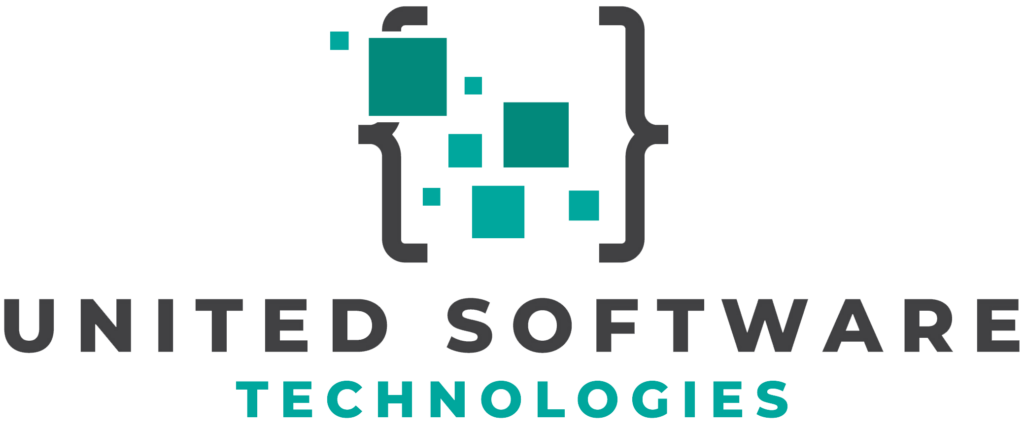Maximizing Your Local SEO: Tips for Optimization
Introduction to Local SEO
In today’s digital age, businesses need to have a strong online presence in order to thrive. One of the most effective ways to achieve this is through local SEO (Search Engine Optimization). Local SEO refers to the process of optimizing your website and online content for better visibility in search engine results pages (SERPs) within a specific geographical area.
By focusing on local SEO, you can increase your chances of being found by potential customers who are searching for products or services like yours in their area. This not only helps drive more traffic to your website but also improves the overall user experience, making it easier for people to find what they’re looking for.
In this blog post, we’ll explore some tips and strategies that can help you maximize your local SEO efforts and improve your online visibility.
1. Optimize Your Google My Business Listing
One of the first steps towards improving your local SEO is claiming and optimizing your Google My Business listing. This free tool allows you to manage how your business appears on Google Search and Maps, making it an essential component of any local SEO strategy.
To optimize your Google My Business listing:
– Ensure all information is accurate and up-to-date, including business name, address, phone number, hours of operation, and website URL.
– Choose relevant categories that accurately describe your business.
– Add high-quality photos showcasing your products or services.
– Encourage customers to leave reviews on Google.
– Respond promptly and professionally to customer reviews.
By keeping your Google My Business listing updated and engaging with customers through reviews, you can improve its ranking in SERPs and attract more potential clients.
2. Create Localized Content
Creating localized content is another crucial aspect of local SEO optimization. By producing content that specifically targets users in your area, you can increase the chances of ranking higher in local search results.
Some tips for creating localized content include:
– Write blog posts about local events, news, or industry trends.
– Create location-specific landing pages for different areas you serve.
– Use geo-targeted keywords throughout your website and content.
– Share local success stories or case studies.
By incorporating these strategies into your content marketing plan, you can establish yourself as a trusted resource within your community and improve your local SEO rankings.
3. Optimize Your Website for Mobile Devices
With more than half of all online searches now being conducted on mobile devices, it’s essential to ensure that your website is optimized for mobile users. This not only improves the user experience but also has a significant impact on your local SEO rankings.
To optimize your website for mobile devices:
– Use responsive design to ensure that your site adapts to different screen sizes and resolutions.
– Compress images and minimize file sizes to reduce page load times.
– Implement clear calls-to-action (CTAs) that are easy to tap on smaller screens.
– Test your site’s performance across various devices using tools like Google’s Mobile-Friendly Test.
By taking these steps, you’ll make it easier for potential customers to navigate and interact with your website on their smartphones or tablets – ultimately boosting both engagement and conversions.
4. Utilize Local Keywords
Incorporating local keywords into your website’s content is another effective way to improve its visibility in SERPs. These are terms that people in your target area are likely to use when searching for products or services like yours.
To identify relevant local keywords:
– Conduct keyword research using tools such as Google Keyword Planner or Ahrefs Keyword Explorer.
– Look for keywords that include your city, region, or neighborhood.
– Consider long-tail keywords that are more specific and less competitive.
Once you’ve identified relevant local keywords, incorporate them into your website’s content, meta tags, URLs, and image alt text. This will help search engines understand the geographical focus of your site and improve its ranking in local search results.
5. Build High-Quality Local Backlinks
Backlinks – links from other websites to yours – play a significant role in SEO optimization. They serve as an indicator of trust and authority to search engines like Google. Building high-quality backlinks from reputable local sources can help boost your website’s credibility and improve its ranking in SERPs.
Some strategies for building local backlinks include:
– Partnering with other businesses or organizations in your area.
– Sponsoring local events or charities.
– Guest posting on relevant local blogs or news sites.
– Creating valuable resources (e.g., guides, infographics) that others may want to link to.
By focusing on building strong relationships within your community and providing valuable content, you can earn high-quality backlinks that will benefit both your online reputation and local SEO rankings.
6. Optimize Your Site’s Technical SEO
Technical SEO refers to the process of optimizing a website’s structure and performance to ensure it is easily crawlable by search engine bots. By addressing technical issues on your site, you can improve its overall visibility in SERPs – including those related to local searches.
Some key aspects of technical SEO optimization include:
– Ensuring proper use of header tags (H1-H6) throughout your site.
– Creating an XML sitemap to help search engines navigate and index your pages more efficiently.
– Implementing structured data markup (e.g., schema.org) to provide search engines with additional information about your business.
– Fixing broken links and redirecting outdated URLs.
– Optimizing page load times by compressing images, minifying code, and using a content delivery network (CDN).
By addressing these technical aspects of your website, you can create a solid foundation for your local SEO efforts and improve its overall performance in search results.
Conclusion
Maximizing your local SEO is essential for businesses looking to attract customers within their target area. By following the tips outlined in this blog post – optimizing your Google My Business listing, creating localized content, ensuring mobile-friendliness, utilizing local keywords, building high-quality backlinks, and addressing technical SEO issues – you can significantly improve your online visibility and drive more traffic to your website.
Remember that local SEO optimization is an ongoing process that requires regular monitoring and adjustments. Stay up-to-date with industry trends and best practices to ensure that your website continues to rank well in SERPs and attract potential customers from within your community.

